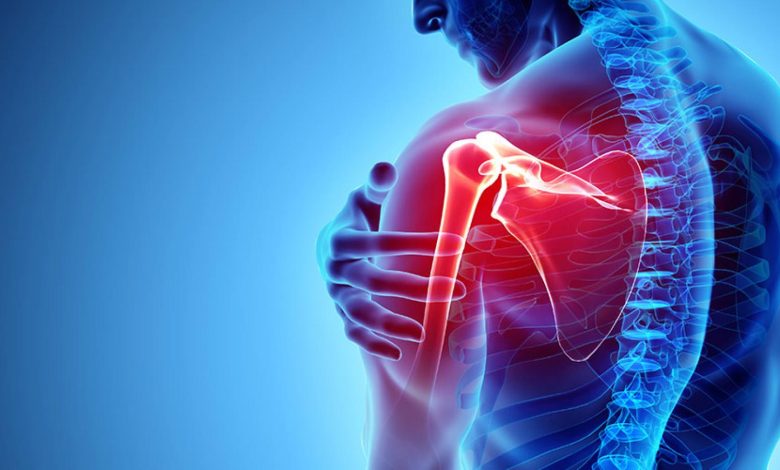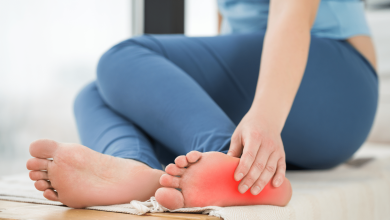The painful shoulder | Why does the pain occur?

It is defined as pain that is located in the shoulder region and appears with some movements of the arm. Shoulder pain is one of the most frequent medical consultations, and it affects 25% of the population at some point in life. It is more common in people who are elderly or do heavy work.
WHY DOES THE PAIN OCCUR?
The shoulder is the most mobile joint of all existing in the body and therefore the most prone to problems. The most important function of the shoulder is to bring the hand to the position in which it must work. The shoulder is not made up of a single joint, but of several, together with a significant number of muscles and tendons (figure 1). All of these structures can be injured and cause pain.
SYMPTOM
The pain appears with the movements of the shoulder, in the superior and external face of the joint (figure 2). Generally, it limits mobility little, although sometimes it prevents certain movements. This pain is usually more intense at night, especially when sleeping on the arm, and improves after gently moving it. In other cases, the pain is very intense and sharp, and the pain can be felt in the cervical area, forearm and hand. There may even be an almost complete loss of mobility.
HOW IS IT DIAGNOSED?
Most often, the diagnosis is straightforward. The doctor with the physical examination makes sure that the pain comes only from the shoulder and with what movements it intensifies. Radiographs are of little help in diagnosis, and may only be necessary in long-standing cases. Of course, the tests and other complementary tests, initially, are not accurate unless the patient does not respond to the treatment as expected.
WHAT CAN WE DO TO RELIEVE LOW BACK PAIN?
First, the rest, which should not last more than three days. After this time, it is essential to start getting up and doing soft and progressive physical activity as we notice less pain. In these phases, the application of local heat several times a day, massage after the heat (especially if we notice that the muscles in the area are contracted) and simple analgesics, such as paracetamol or metamizole, or non-steroidal anti-inflammatory drugs are very effective. . If no improvement is obtained with these measures, we should go to the doctor to assess the need for complementary diagnostic and treatment measures.
WHICH IS THE TREATMENT?
At first, the joint should be kept at rest, without exertion, but it should never be mobilized with bandages or plaster casts. Medical treatment is based on three pillars:
Pharmacological treatment.
Injection with anesthetics and corticosteroids in the shoulder.
Rehabilitative treatment.
Pain relievers, both analgesics, and anti-inflammatories, help control pain and improve arm mobility.
Injections or infiltrations produce a rapid improvement in symptoms, which facilitates the performance of rehabilitation exercises. They can be repeated on 3 or 4 separate occasions for about 15 days.
When the pain is less intense, you have to start with rehabilitation exercises. This treatment consists of performing exercises that improve shoulder mobility (figure 3). They must be performed regularly and progressively, without causing pain. Each exercise should be done for about 5 minutes and repeat twice a day. Only on very few occasions and when medical treatment has not been effective, should surgery be resorted to.
Prevention of new episodes is essential in treatment. If the symptoms are not very important, factors that aggravate the pain should be avoided:
Sleeping with your arms above your head.
Repeated movements of the shoulder with the elbow away from the body.
Work for a long time with your arms above your head.
Carry heavyweights.
Force your shoulder back instead of moving your entire body.
Avoid sports that put stress on the shoulder.
When the pain has completely subsided, it is necessary to continue doing the exercises for several weeks.
Looking for a shoulder arthroscopy surgeon in Vadodara?




